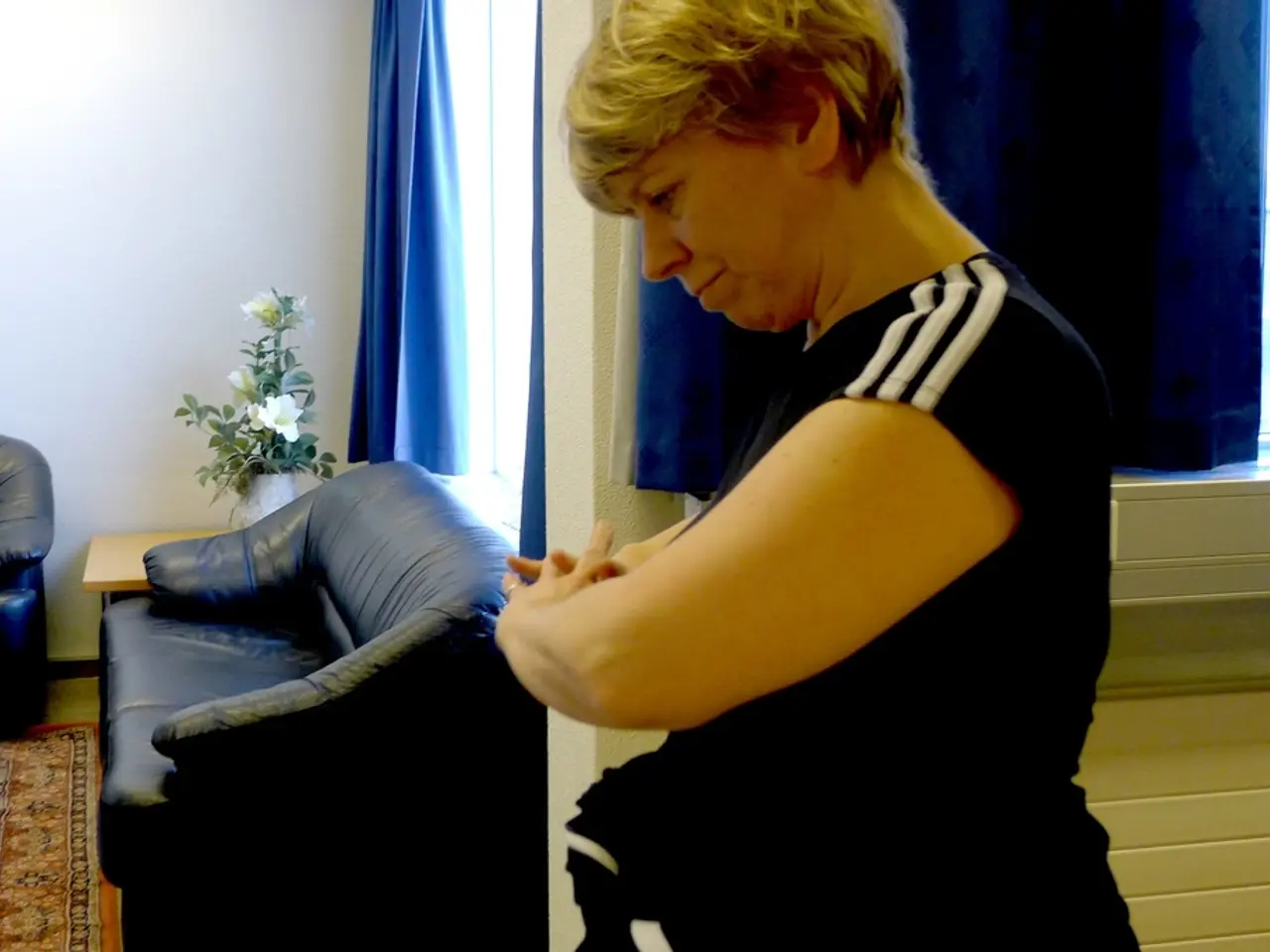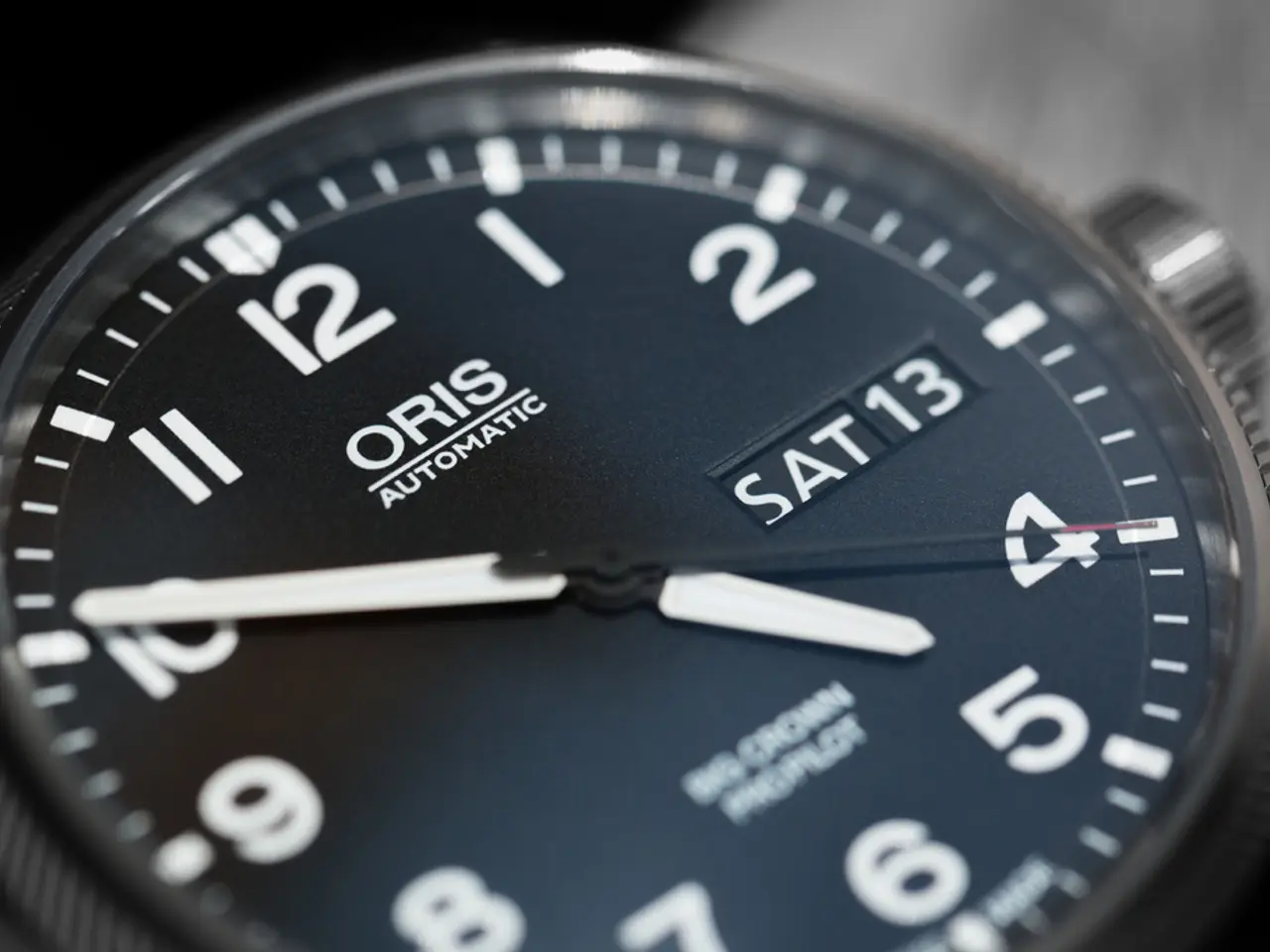Ultrasonic Signals Used for User Tracking via Audio Beacons
In the digital age, privacy concerns have taken on a new dimension, with ultrasonic tracking emerging as a stealthy method used by companies and advertisers. This technology, which operates beyond human hearing limits, is embedded in everyday audio content like TV commercials, store audio systems, websites, and music played in public spaces.
Device microphones on smartphones, tablets, smart TVs, and other connected gadgets pick up these signals without user awareness or consent. These ultrasonic signals are used for continuous tracking and profiling of individuals, linking multiple devices to a single user, significantly expanding the scope of surveillance and profiling.
To combat this covert and constant nature of ultrasonic beacon emissions, several practical approaches can be taken:
- Regular audits of app permissions can help minimize exposure to ultrasonic tracking. Controlling and revoking microphone permissions on all devices and apps, especially from less trusted sources, can be a crucial step.
- Specialized ultrasonic detectors and apps can scan for high-frequency sounds beyond human hearing to identify environments where ultrasonic beacons are active. While smartphone apps offer basic awareness, professional handheld detectors provide more precise monitoring. Devices like Robinair 16455 TruTrack, Inficon Whisper, and Bacharach Tru Pointe can be used to detect ultrasonic tracking signals.
- Using ultrasonic sound-masking or white noise generators can jam or obscure ultrasonic signals, thereby disrupting their transmission. Physically, soundproofing materials like thick curtains or acoustic foam can help block or absorb ultrasonic waves in confined spaces.
- Combining detection tools, software controls, and behavioral practices offers the best practical defense against ultrasonic beacon surveillance in everyday life. Limiting the use of smart home devices can further minimize your exposure to ultrasonic tracking.
- Greater transparency and regulatory oversight will be critical to address both privacy and health impacts of ultrasonic beacon surveillance. Adhering to data protection laws (e.g., GDPR, CCPA) and embedding privacy-by-design principles in product development safeguard user autonomy.
- Awareness is key in reducing exposure to ultrasonic tracking, as these signals often operate invisibly in public and private spaces alike. Implementing user consent mechanisms and robust speaker identification reduces the risk of unauthorized ultrasonic command execution.
- Frameworks like STRIDE and LINDDUN analyze vulnerabilities in ultrasonic-enabled devices from technical and regulatory angles, enabling developers to anticipate and block privacy risks such as unauthorized access or passive surveillance.
- While standard ultrasonic frequencies used for tracking are typically above human hearing range and low in power, prolonged exposure to strong ultrasonic fields may cause discomfort or other effects. Mitigation includes limiting power levels, ensuring safe frequency ranges, and engineering devices to avoid resonance or overheating issues.
In conclusion, while ultrasonic tracking presents a unique privacy and health challenge, a combination of detection systems, threat modeling, user controls, and adherence to safety standards can help mitigate its impacts. Stay informed, stay aware, and take control of your privacy.
Science and technology have played a significant role in the development of ultrasonic tracking, a stealthy method used for continuous tracking and profiling of individuals. However, data-and-cloud-computing can also provide solutions, as specialized ultrasonic detectors and apps, such as Robinair 16455 TruTrack and Inficon Whisper, can scan for high-frequency sounds beyond human hearing to identify environments where ultrasonic beacons are active. This helps promote health-and-wellness, as greater transparency and regulatory oversight will be essential in addressing both privacy and health impacts of ultrasonic beacon surveillance.




